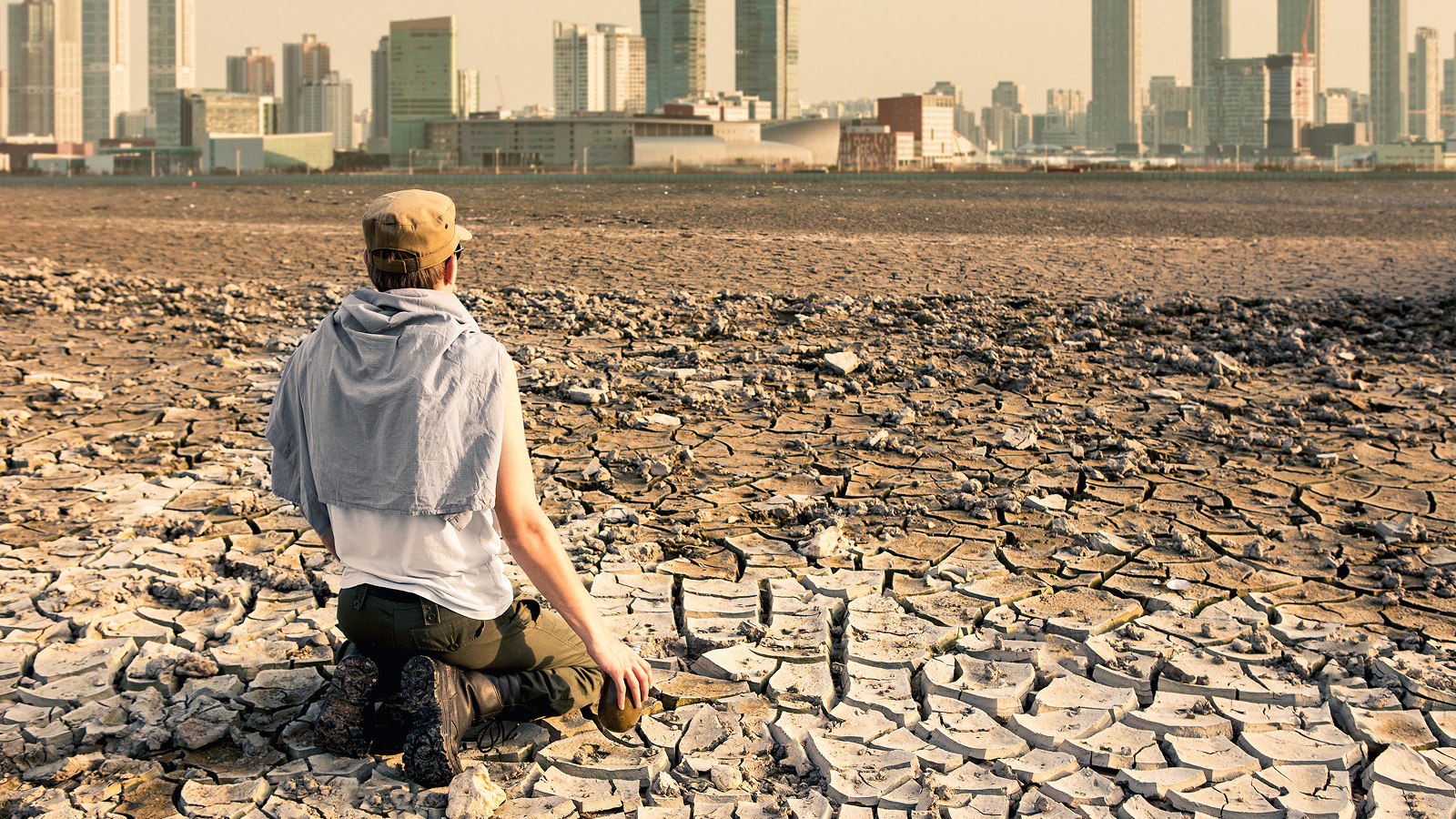Now Reading: Escaping Heat: The Unstoppable Threat Facing Our Planet
-
01
Escaping Heat: The Unstoppable Threat Facing Our Planet
Escaping Heat: The Unstoppable Threat Facing Our Planet

Quick Summary
- Global heat impact: Jakob thomä highlights heat as an existential threat posed by climate change, distinct from other impacts due to its unmanageable nature.
- System fragility: Modern systems – sea-level-dependent living spaces, food production cycles, economic structures – are vulnerable to climate-induced shocks like displacement and extreme weather events.
- Heat’s unique risks: Unlike other adaptations for climate effects (e.g., irrigation or flood defenses), sustaining life under extreme heat poses a challenge beyond current technological solutions.
- Mortality shift: Temperature-related deaths may decline temporarily due to warmer winters but could reach up to 10 million annually by the end of the century with increased global warming.
- Uninhabitable zones: Heat threatens all demographic groups, creating physically unlivable environments irrespective of age or health.
!A man in the desert looks at the city after the effects of global warming.
(Image credit: Scharfsinn86/Getty Images)
Indian Opinion Analysis
India, already grappling with high summer temperatures and variable monsoon seasons, is particularly vulnerable to rising global temperatures discussed in Thomä’s analysis. Heatwaves have been increasingly frequent and severe in parts of India over recent years, posing risks not just for human populations but also agriculture and infrastructure heavily reliant on predictable climates.
The costs highlighted-adaptation vs prevention-serve as a crucial consideration for policymaking in India. Adapting agricultural practices (like shifting cropping patterns) requires expensive investments that many farmers cannot afford without state support. Additionally, urban areas experiencing temperature swings need sustainable cooling infrastructures that emphasize equity across socioeconomic groups.
On a systemic level,India’s existing inequities may worsen if large portions become “uninhabitable,” forcing internal migration akin to displacement seen during extreme rainfall or flooding events currently occurring within coastal regions. Prioritizing policies that address this inevitability seems critical-not only economically but socially-to avoid eroding societal welfare long-term.
While there is global data suggesting reduced cold-weather deaths balancing initial increases in heat mortality, India’s tropical geography means it stands closer to scenarios where intensified thermal discomfort far outweighs any limited benefits from milder winters.Read More


























